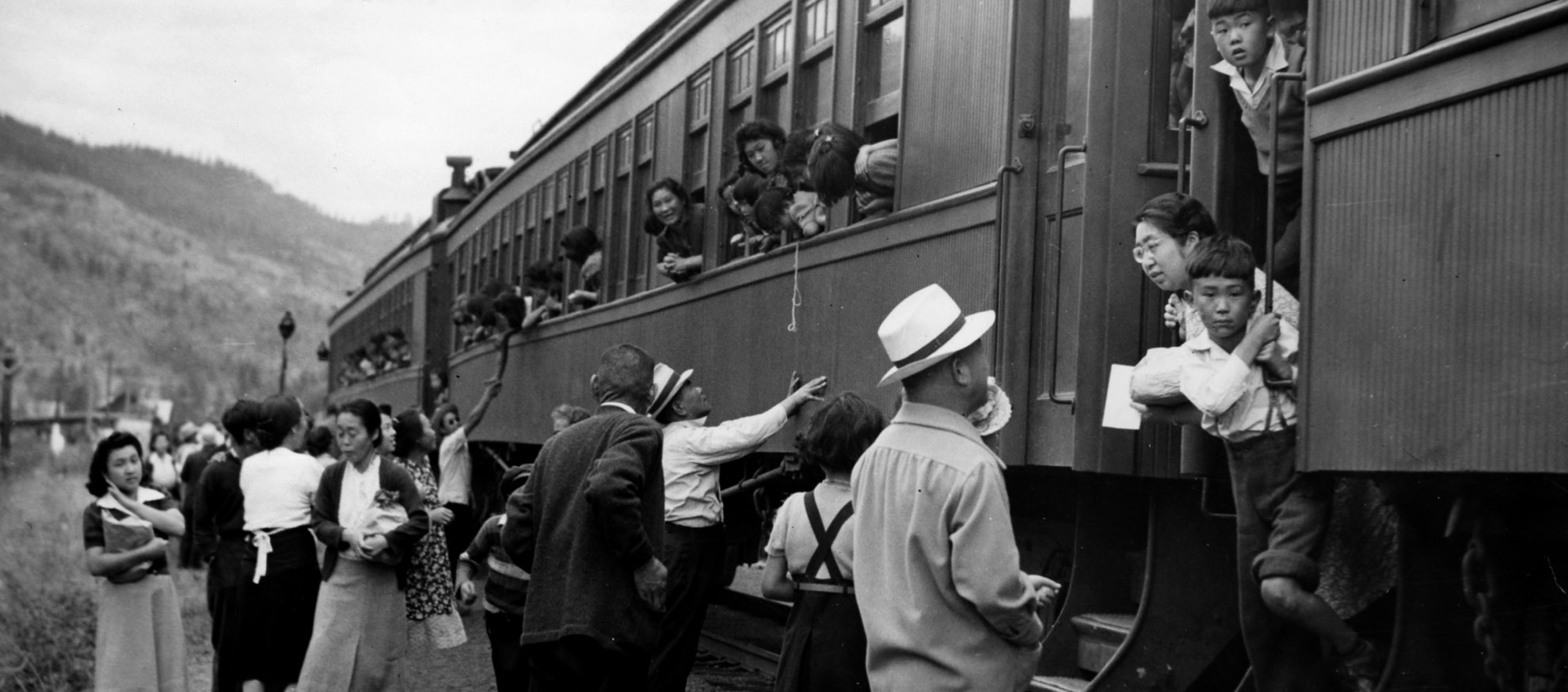
Overview
How do you teach intermediate-age students about the internment and dispossession of Japanese Canadians?
We use three kinds of engagement:
- Hands-on:
- Students create things, they make things, and they do things.
- Students find this a fun way to learn and the issues are easier to understand when they get involved through creating.
- The learning is made real through simulations.
- Minds-on:
- The activities are meant to develop critical thinking skills.
- We stimulate students' curiosity through engaging in intriguing activities and using primary sources.
- We directly target the Historical Thinking Concepts. (CC and assessment)
- Hearts-on:
- For intermediate-age students, everything is filtered through an emotional lens.
- Students feel the issues. As they learn, they ask themselves, "What does this mean, to me?"
- This emotional connection creates a deeper understanding and a greater level of engagement. It also creates a greater chance of action, a desire to make things better.
What kind of activity could we do where students would get excited about the concepts around dispossession?
We use a simulation.
Below is a snapshot of of the simulation. For the full description of the activity, click here.
Students make a virtual community of a Japanese Canadian neighbourhood on a classroom bulletin board. They populate their properties with people and possessions which they pin these into their properties. (Hands-on learning)
Because of the work students put into their virtual community, the people and the belongings, they became very attached to their work. (Hearts-on Learning)
Then, after time, after students have built up sufficient possessions, Pearl Harbor would occur and the Japanese Canadian avatars/characters from the Powell Street displays would be moved to an Internment Camp bulletin board. Then, as their incarceration continued, their possessions left in the Powell Street display would start to disappear.
As a class, they process how this happened, why this happened and what the repercussions were. (Minds-on learning)